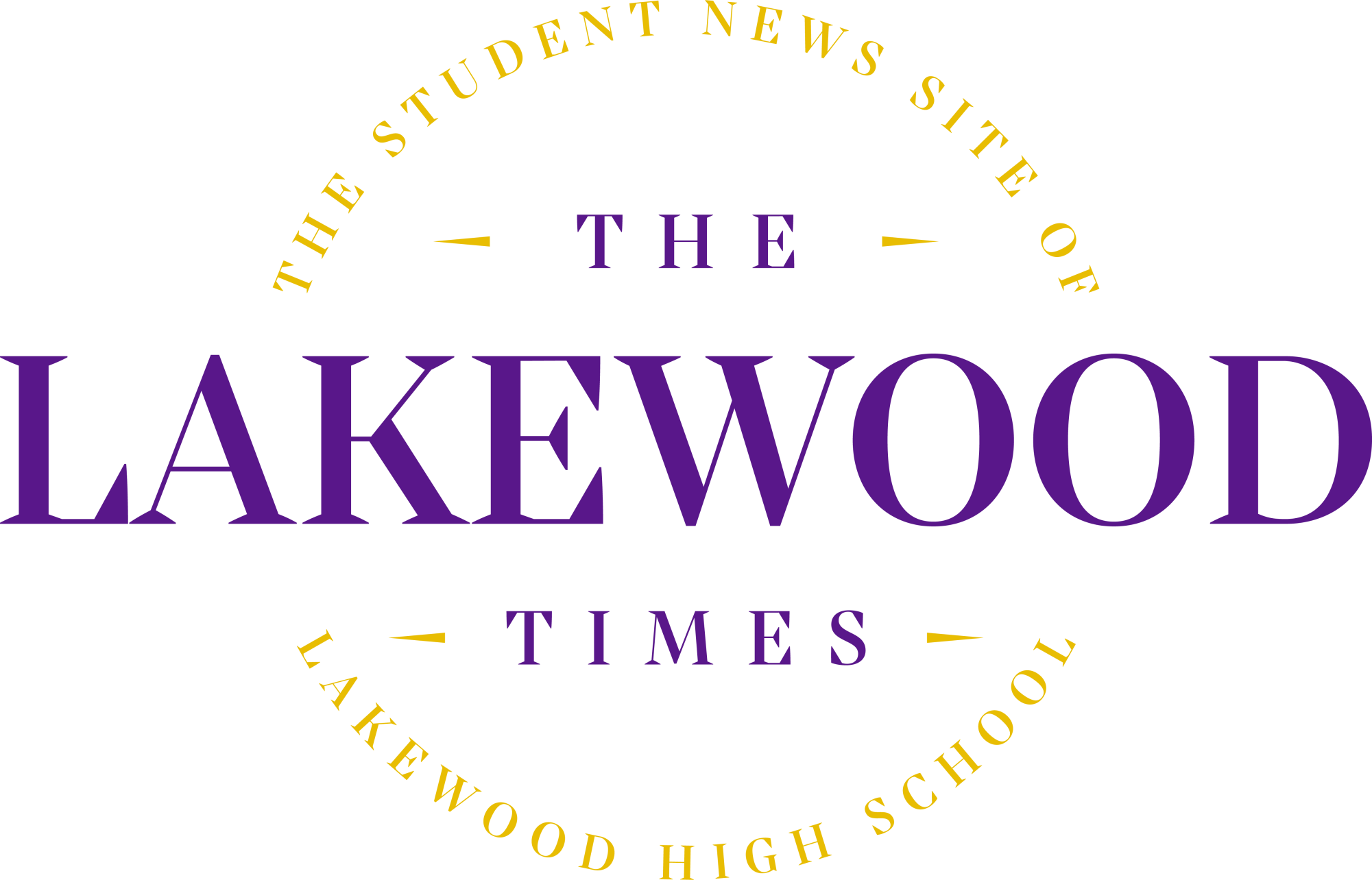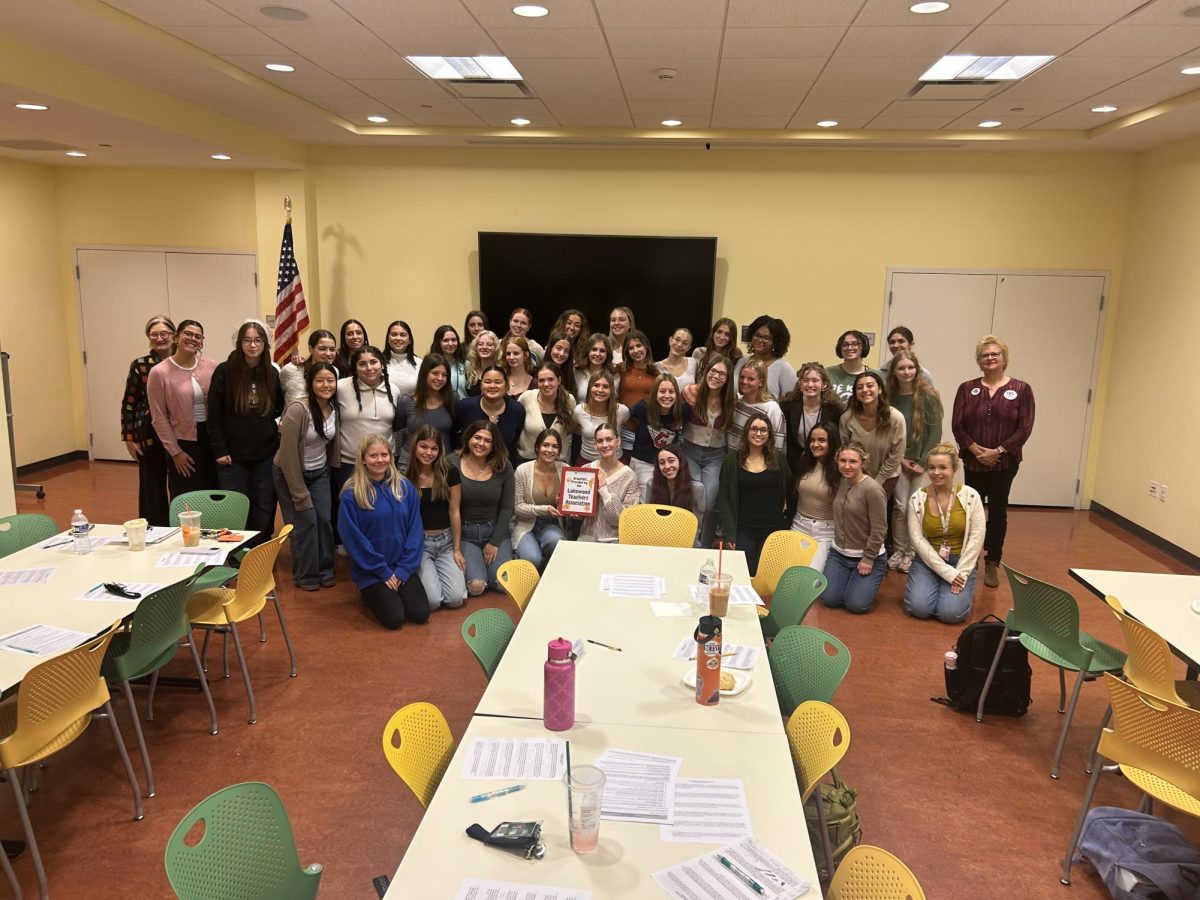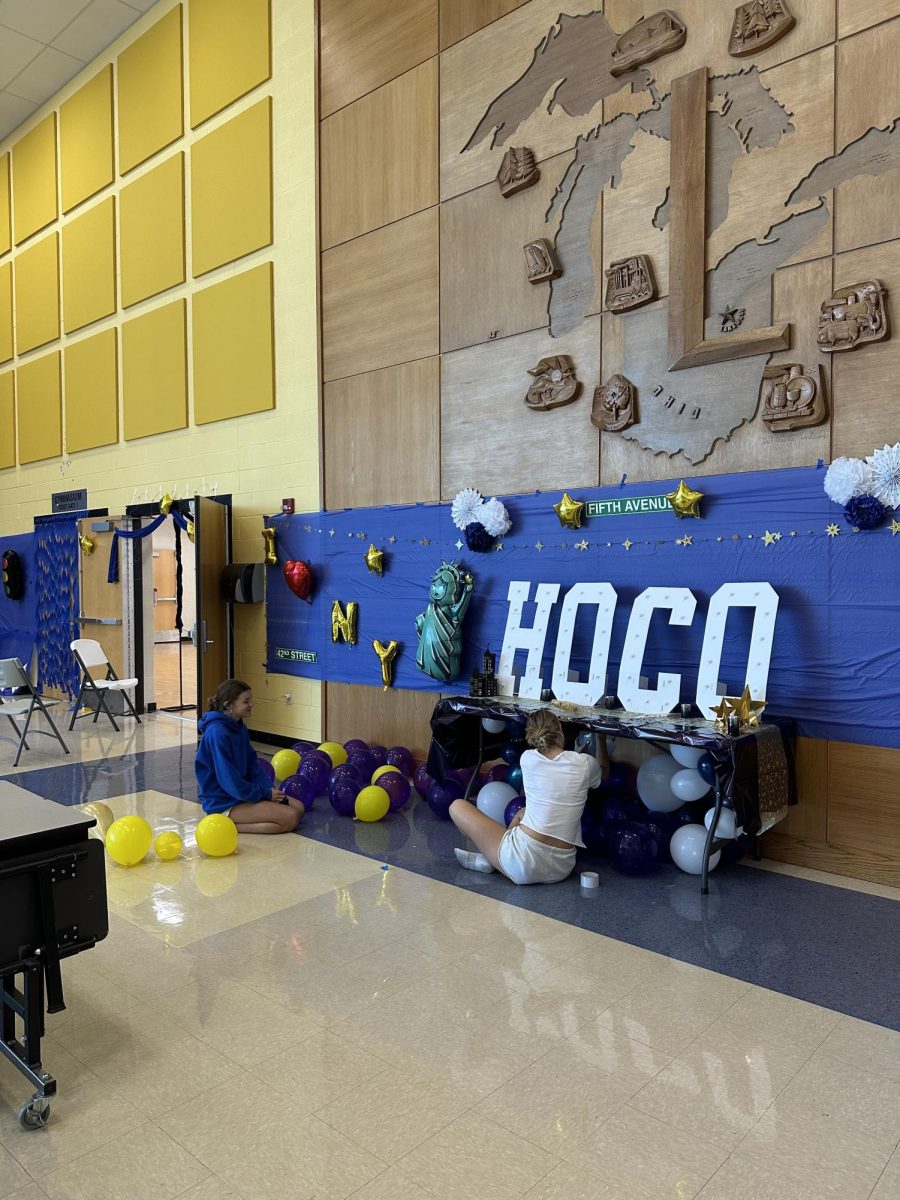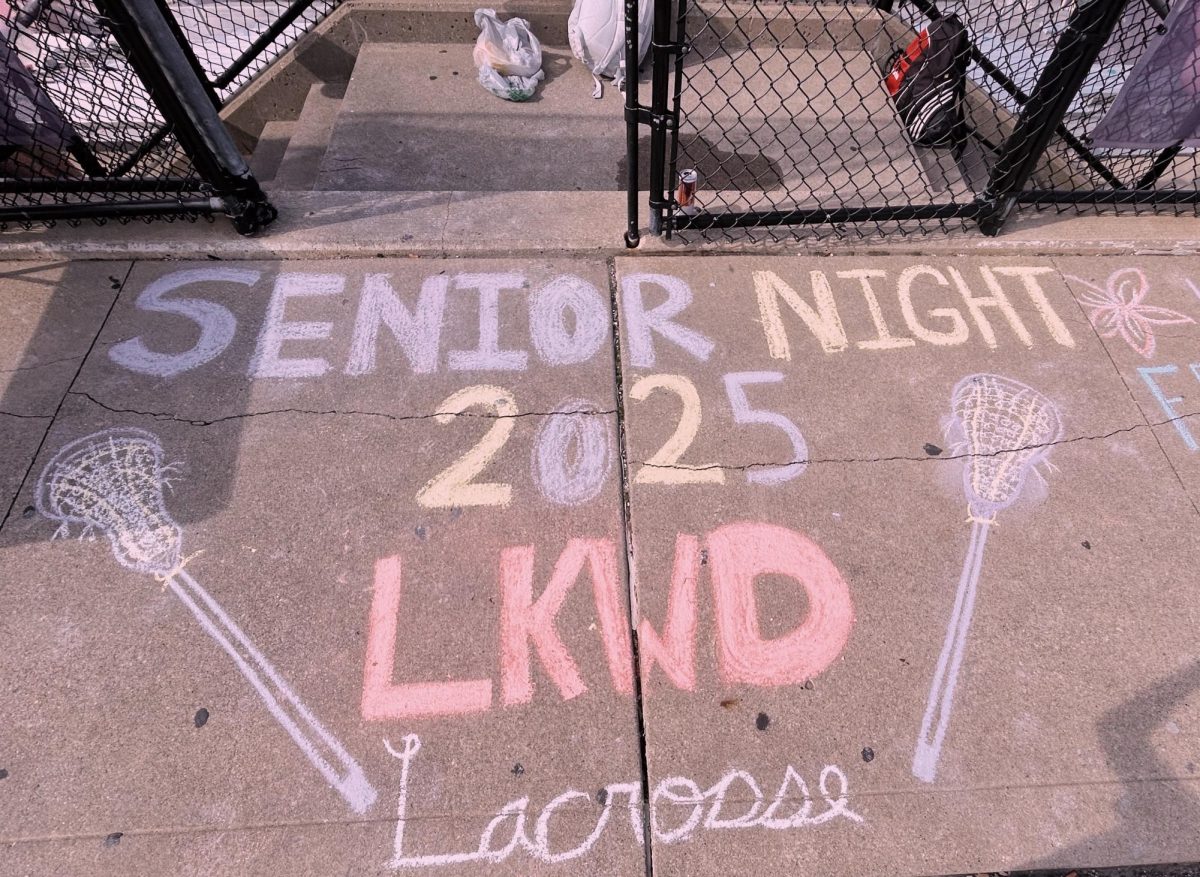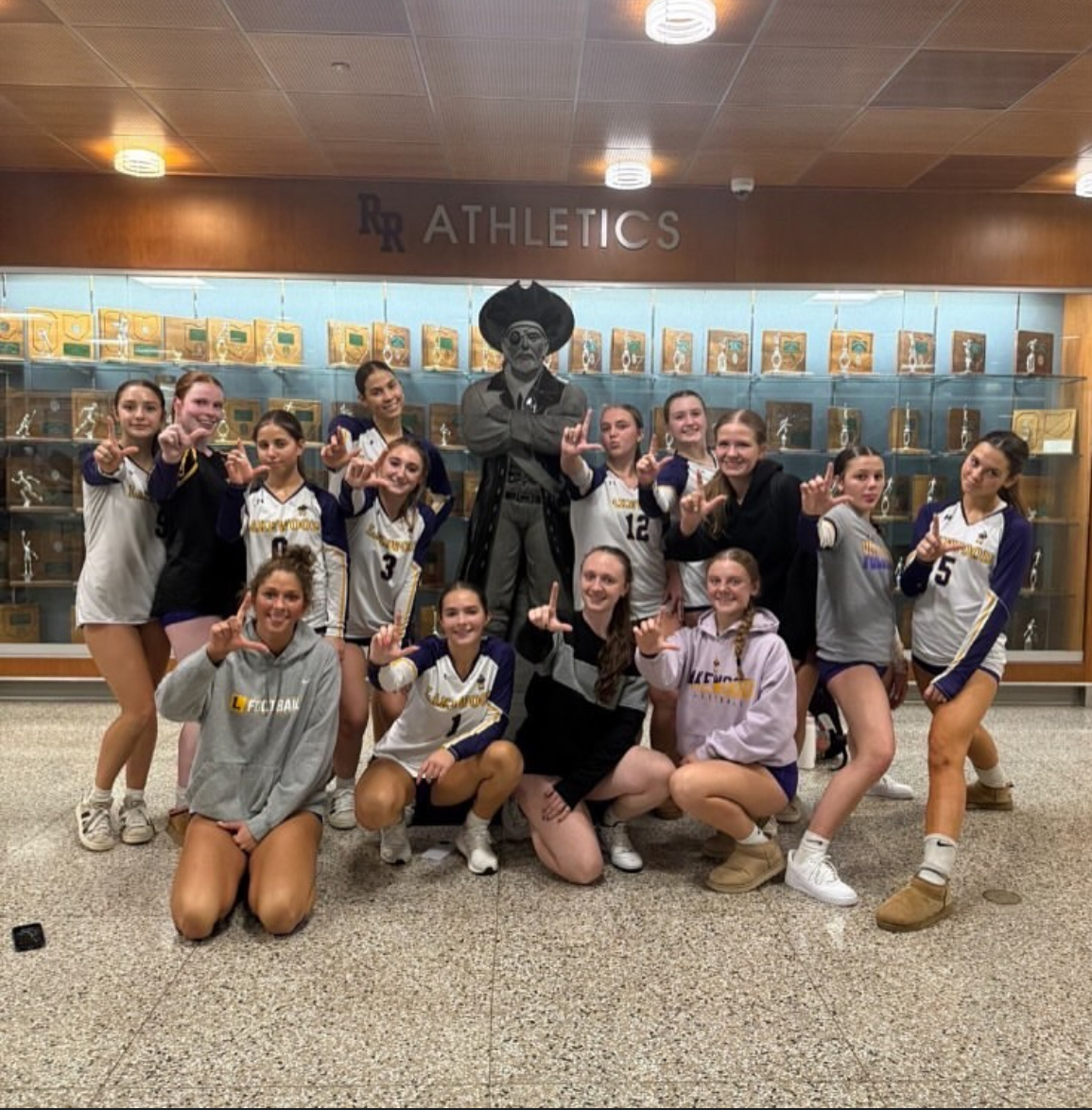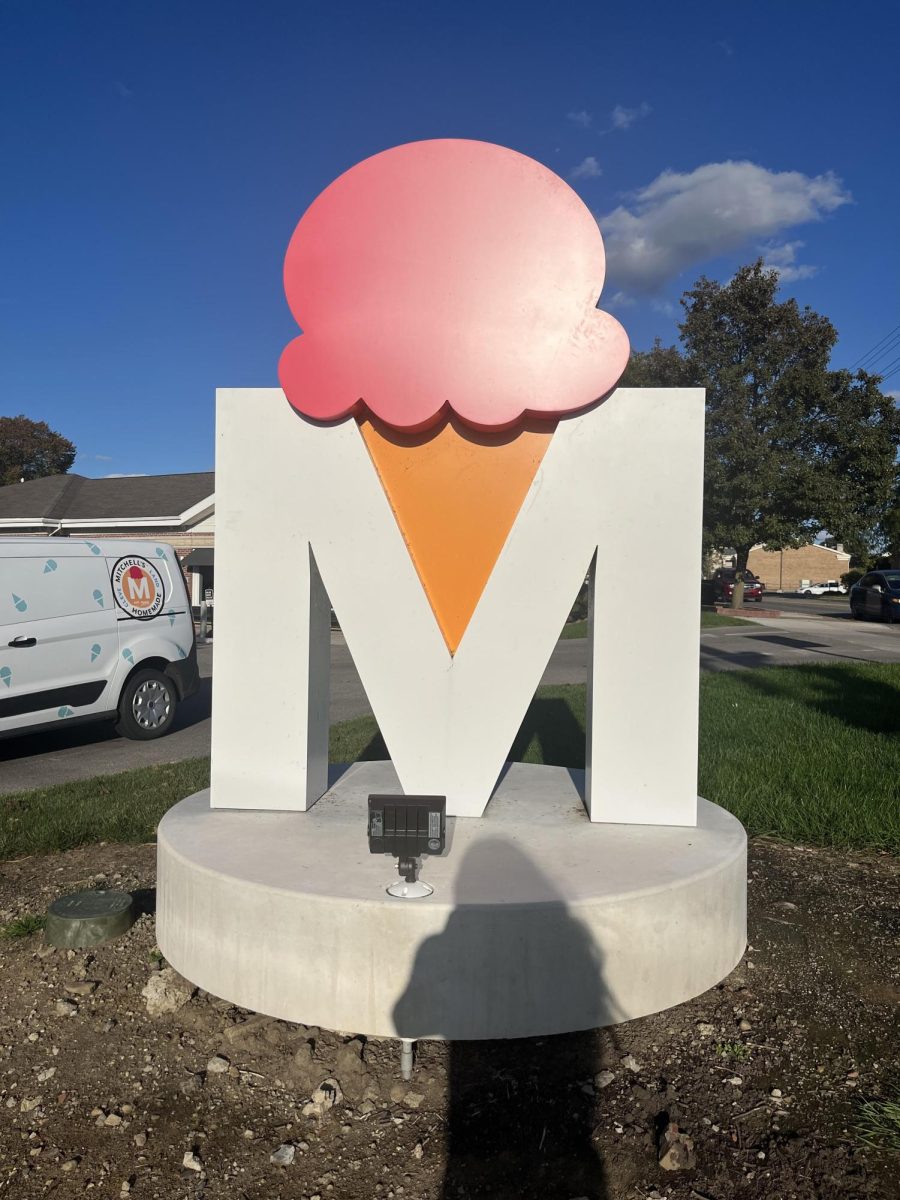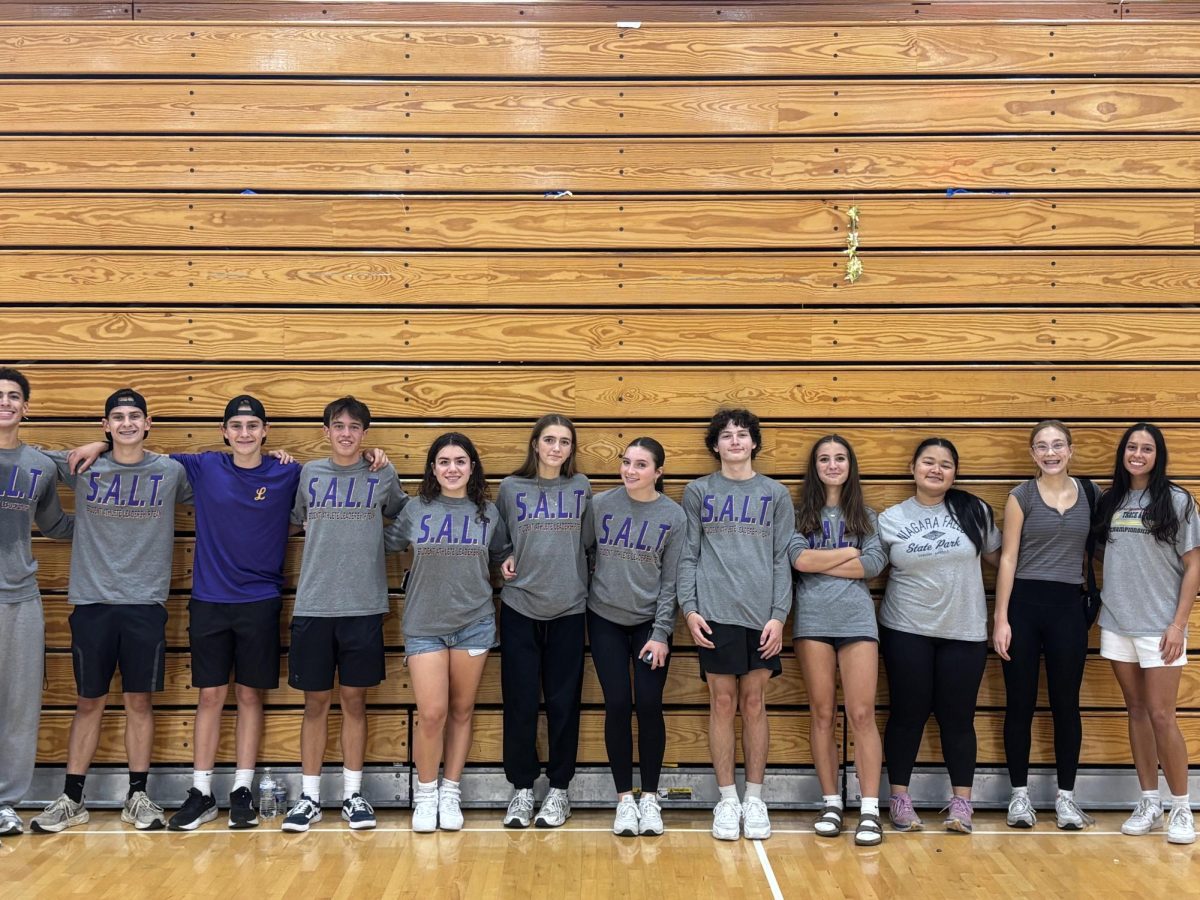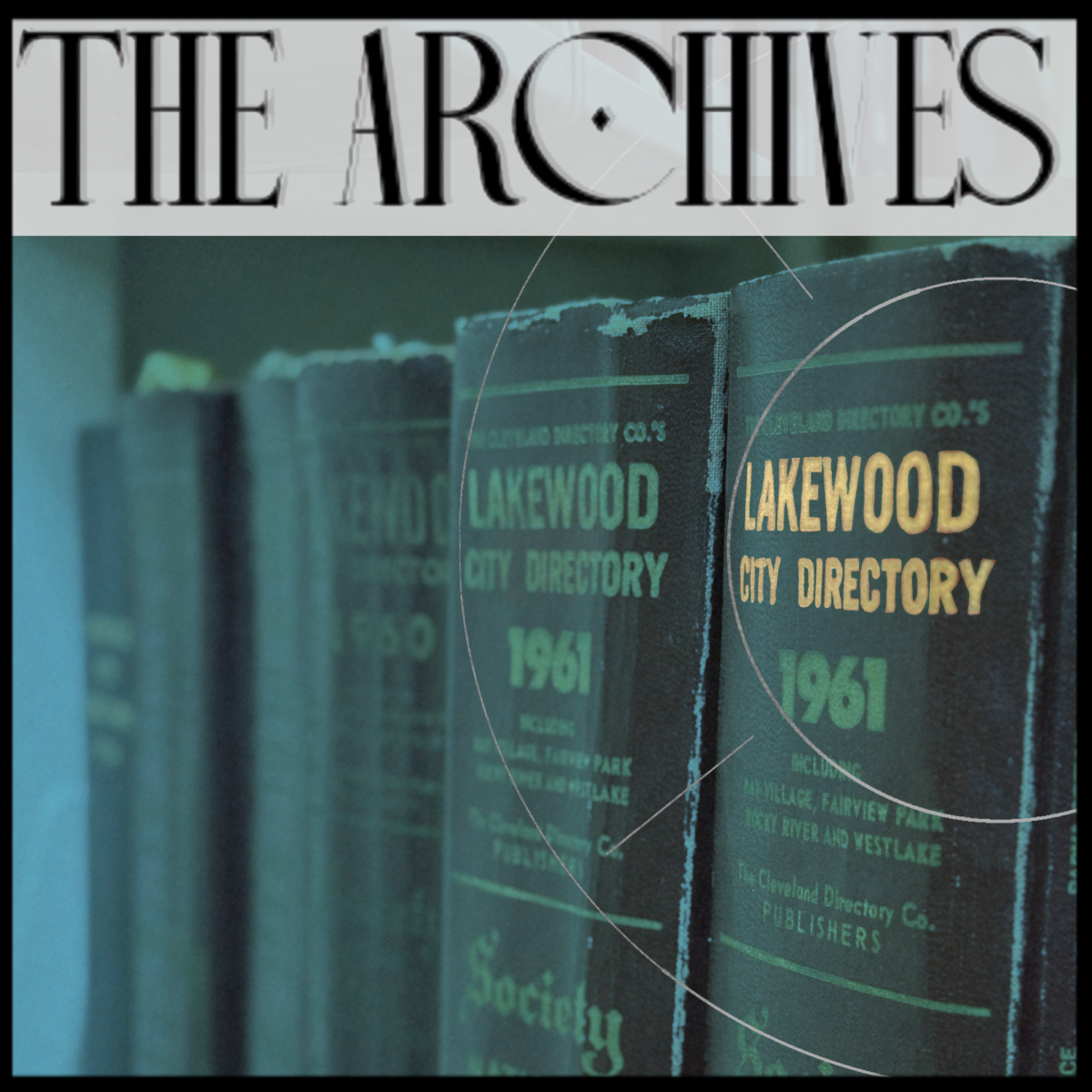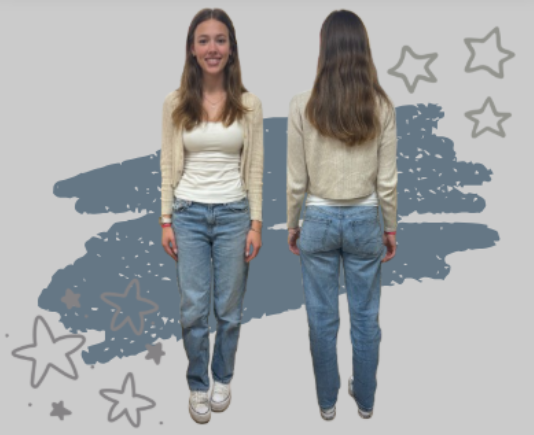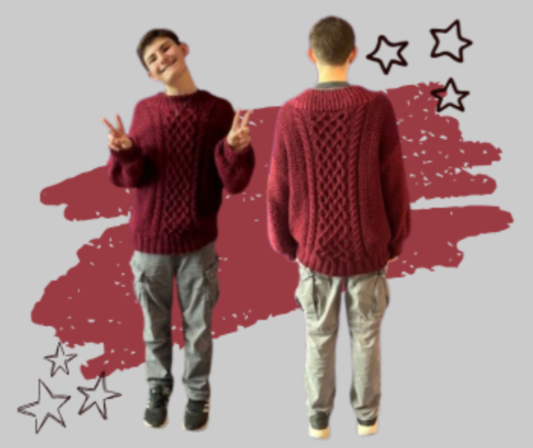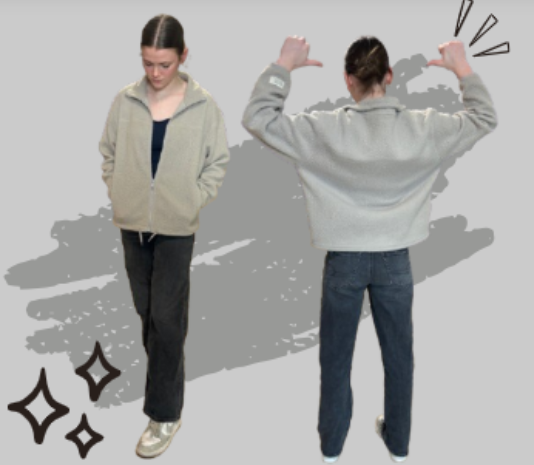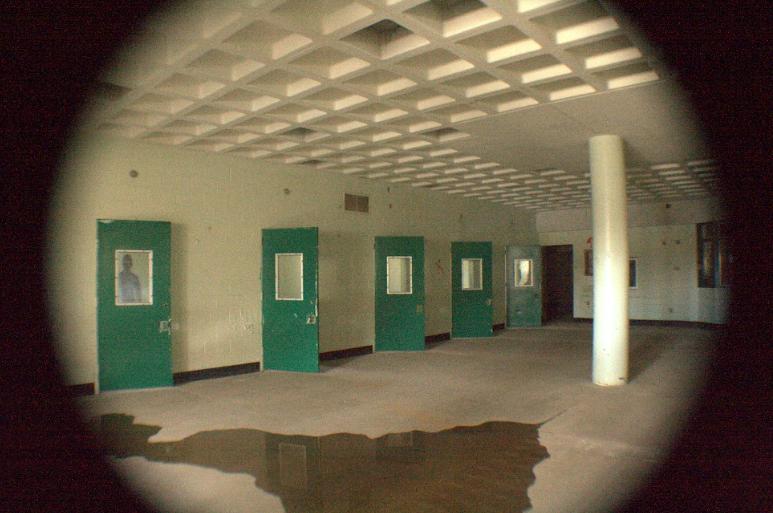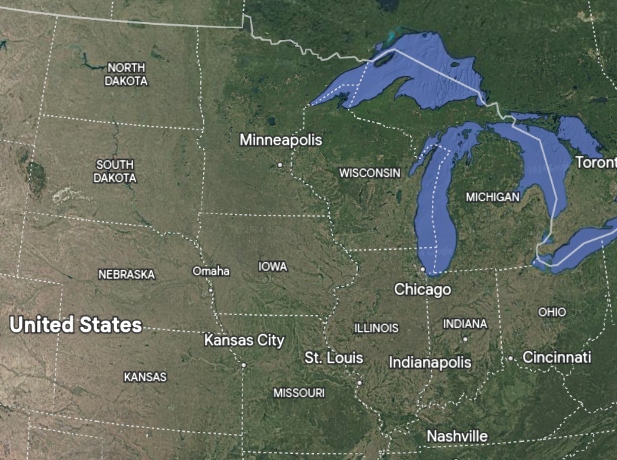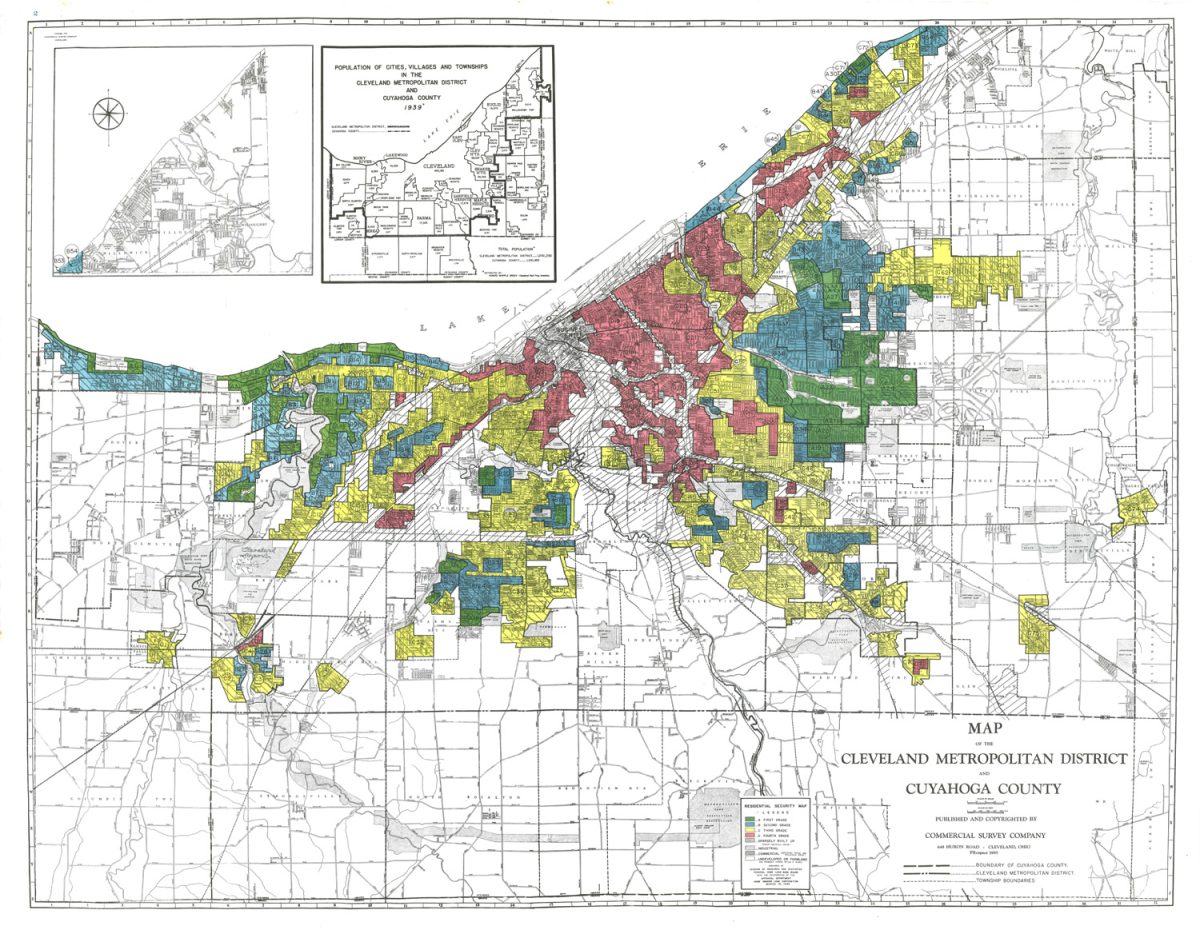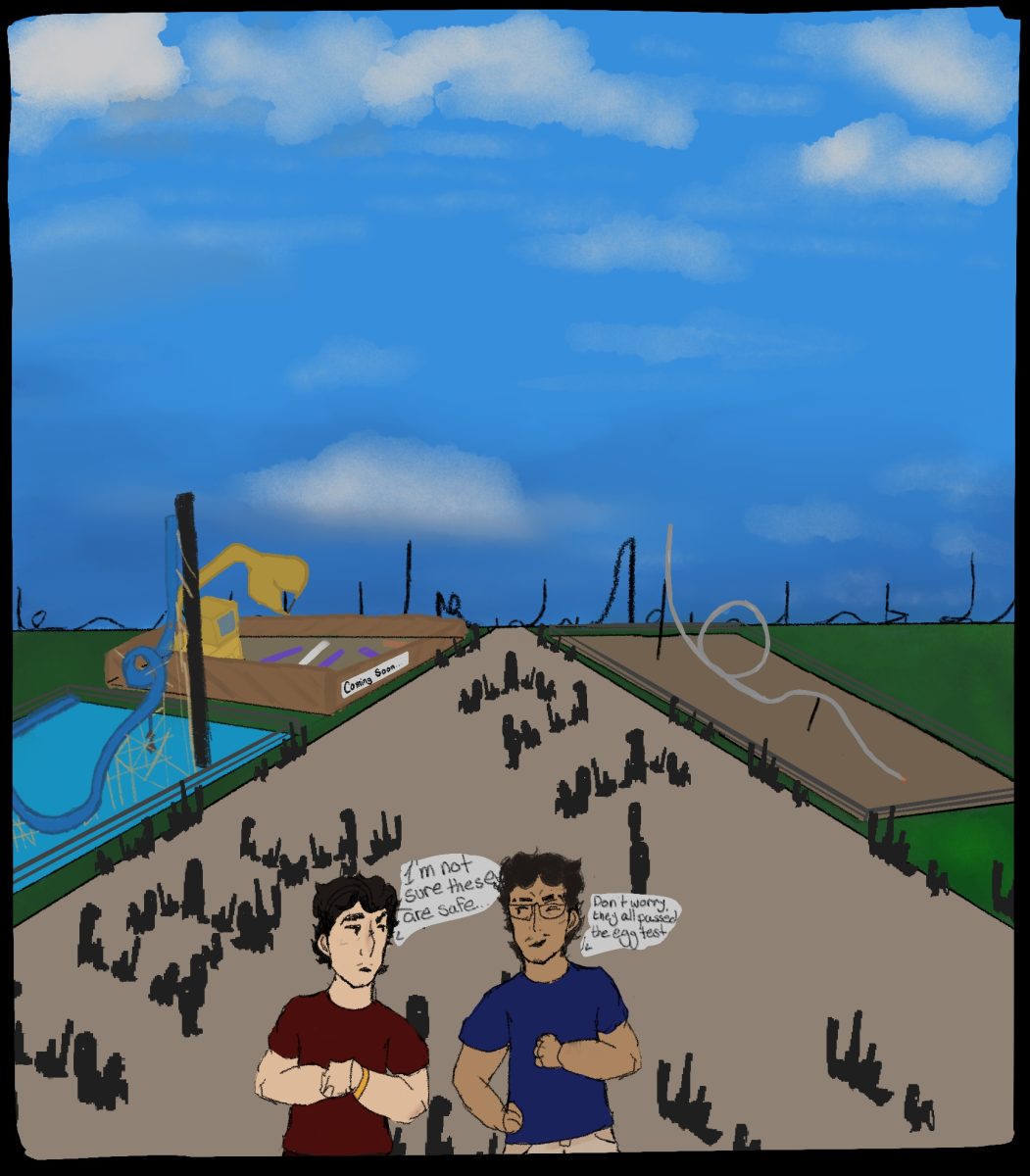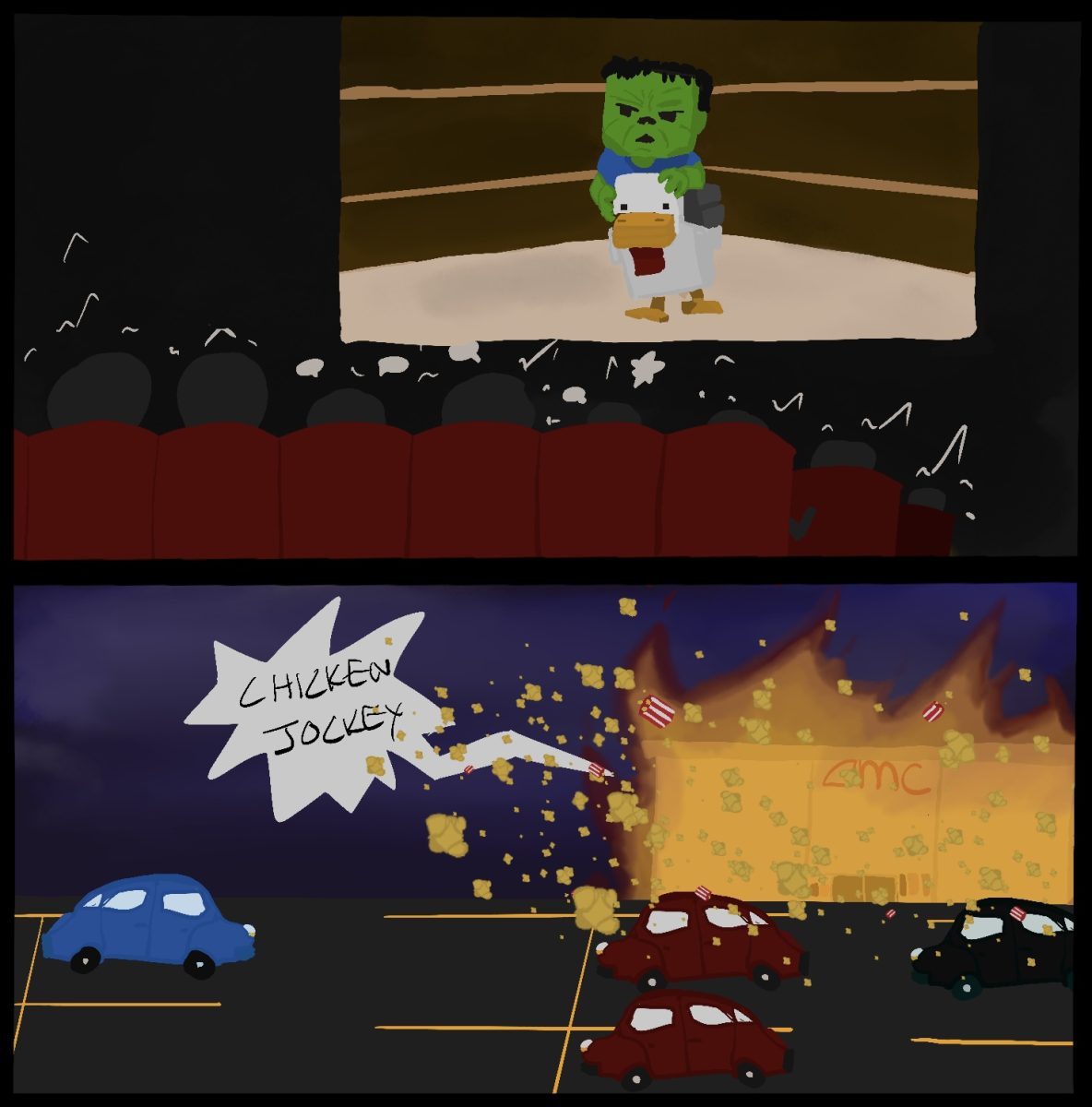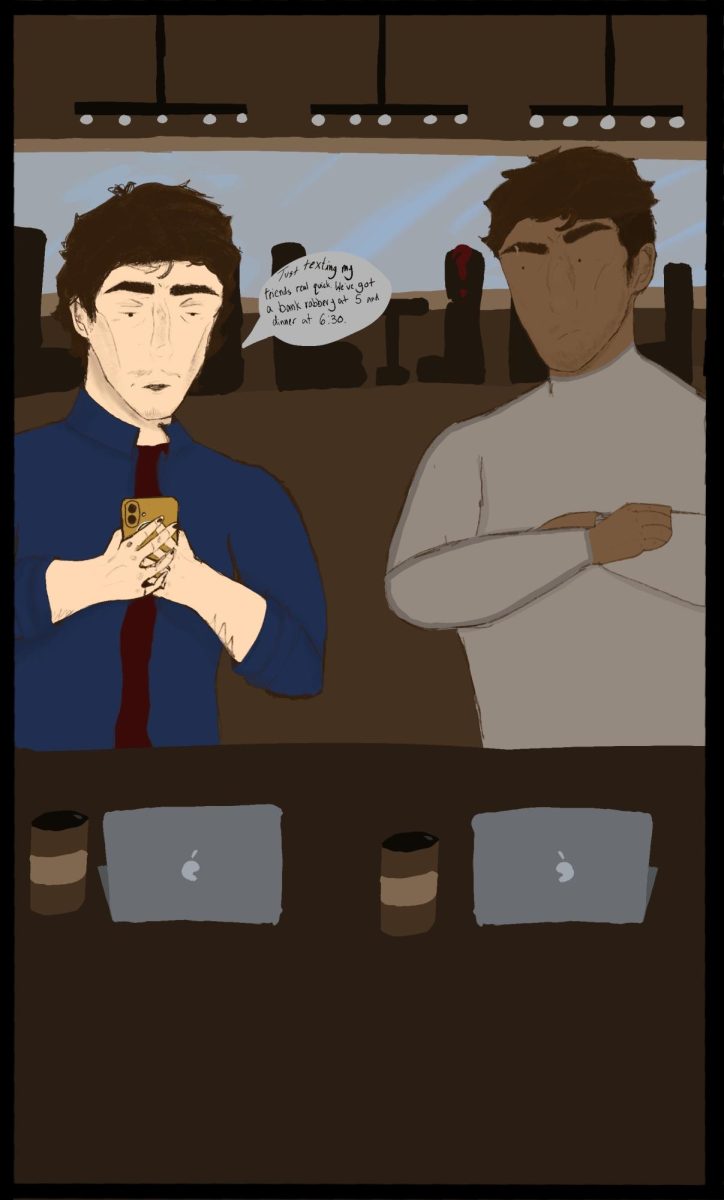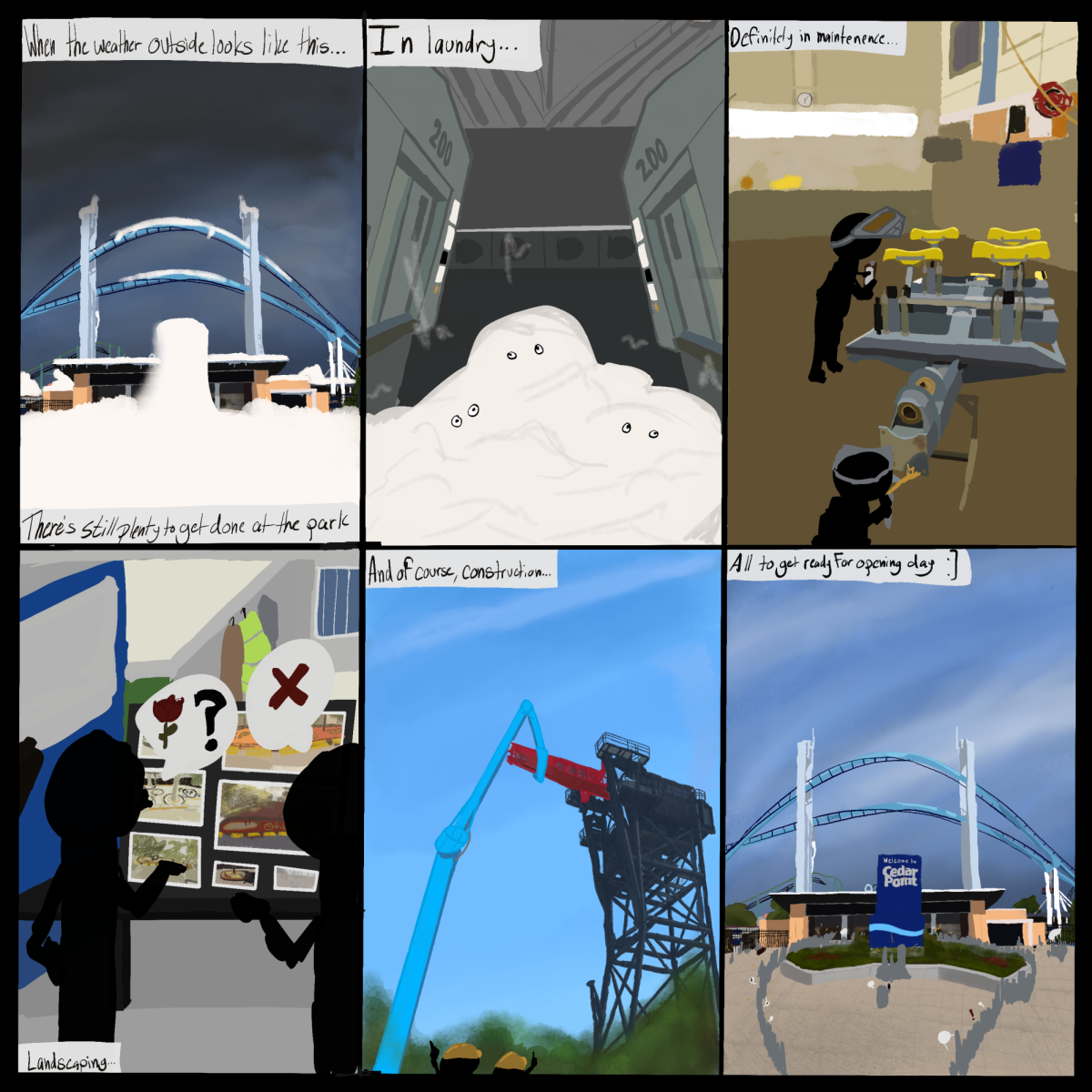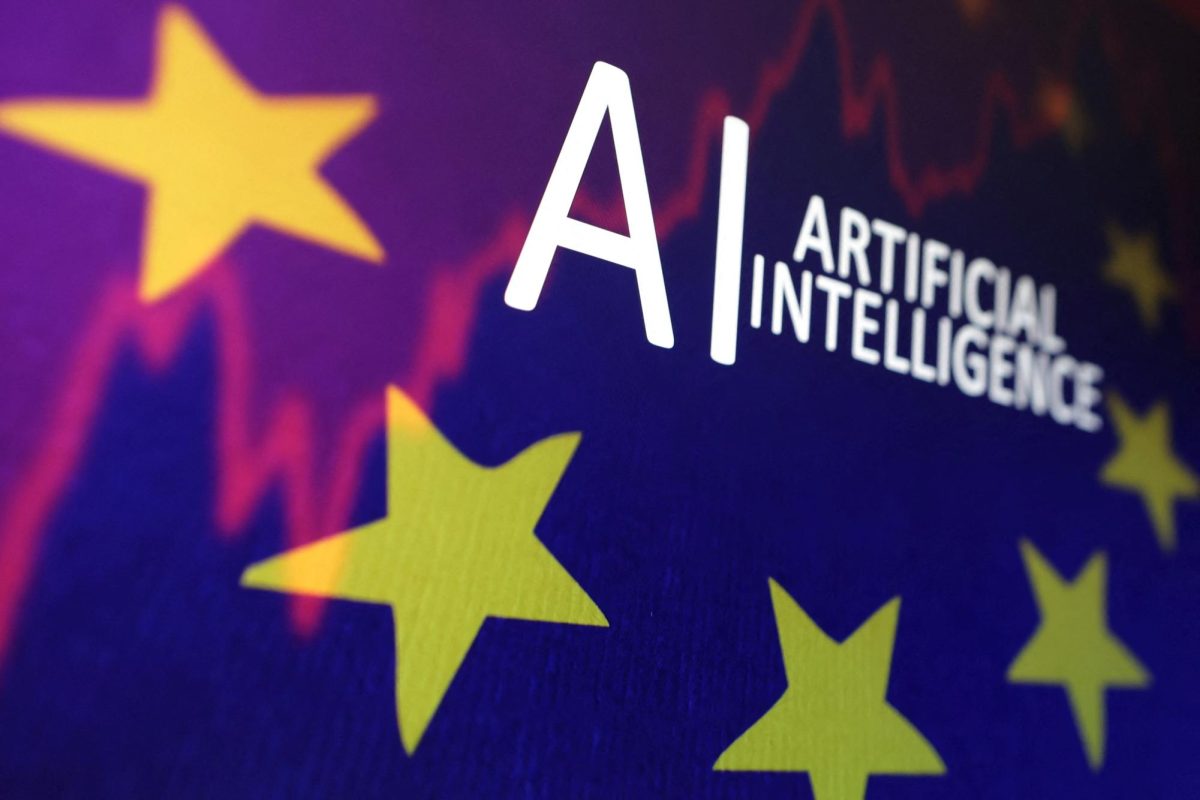In 1956, John McCarthy created one of the most controversial inventions of the 20th century. Next to nuclear power and genetic engineering, AI is one of the most disputed technological advancements of all time. Artificial intelligence has been a major development in society, helping with engineering, economics, healthcare, transportation, and much more. However, AI also limits artistic creativity and destroys the environment due to its immense computing systems. The recent reliance on AI has raised the question of whether AI’s benefits outweigh its detriments. It also questions whether or not the future is possible without AI, especially in fields like computer science and engineering.
James Gollon, a senior at Lakewood High School, believes that the future would be incomplete without AI. While studying engineering in Mr. Holmok’s class, Gollon utilized AI constantly. From creating ideas to discovering different designs, AI-assisted Gollon in many ways. Engineering is a field where AI can truly advance the practice and help eliminate mundane tasks. James expresses its important uses in current and future engineering practices.
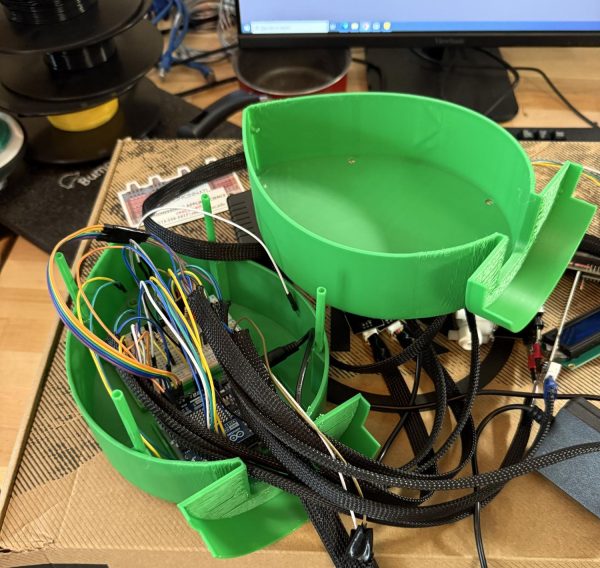
“For engineers [AI] will only help,” Gollon said. “When it comes to coding, I asked it to code me something. I had to tweak it a little bit, but I knew nothing about coding, and making it from scratch would have taken me years to learn. And AI did it for me. I think AI is just more of a helpful tool.”
AI is the inevitable path into the future. Its ease and precision offer a sense of security in important jobs and completely eradicate human error from the mix. However, does this perfection and instant calculation detract from human charm and creativity?
Ms. Kindstrand, one of Lakewood’s AP Lang teachers, believes it does. In writing especially, creativity and original thought are often the central objectives of the practice. Not just the writing itself, but the process of creating something you are proud of is the true reason you would write.
“AI is denying students that productive struggle,” Kindstrand said. “My job as an English teacher is to bring connections or a step-by-step process to help students get somewhere in their thinking. But if they just go to Chat GPT and read about it, it’s revealing the end result, without letting students revel in the process.”
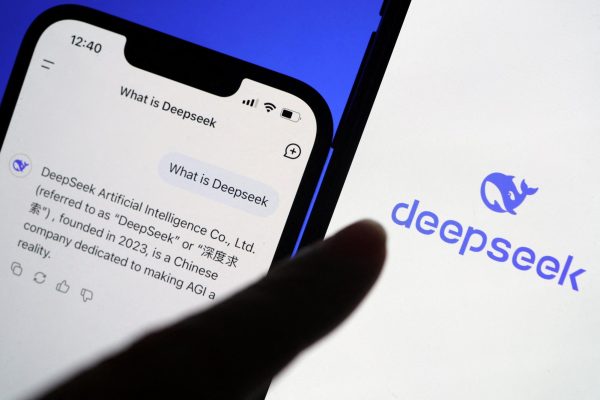
AI allows students to avoid thinking for themselves. Yes, it can help brainstorm ideas and assist in essay editing, but in the end, it’s the process that counts.
“Ultimately, you are taking an idea from a source you don’t know and passing it off as your own,” Kindstrand said.
AI’s sources are more than a little suspicious. AI can learn, just like you and me, by sourcing and applying information to real-world situations. However, unlike you and me, AI gets all of its information randomly and from a variety of sources. Often confusing fact and fiction, and producing misleading information in the process. AI doesn’t have the logical skills human researchers acquire, and therefore can be wrong a staggering 60% of the time. AI’s information is also incorrectly sourced. AI steals the writing patterns of journalists and the findings of scientists while not giving compensation or recognition to these hard-working human beings.
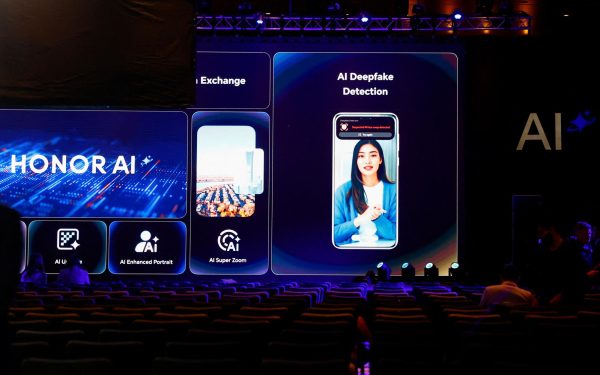
AI creates a variety of economic concerns as well as ethical debates. AI does help enrich our economy and is predicted to add trillions of dollars in value to the global industry. But at the same time, AI is predicted to replace over 300 million full-time jobs and affect over 40% of employees worldwide.
AI goes beyond the economic state of our world. The creation of AI has also had devastating effects on the environmental state of countries around the globe. AI is powered by data centers, which contain massive computer systems that contain tens of thousands or even hundreds of thousands of computers in order to power the extreme consumption of AI assistance. This extreme use calls for an even larger amount of energy.
Ms. Chahda-Gonzalez, Lakewood’s AP environmental science teacher, highlights AI’s energy consumption as an unsustainable process.
“Data centers, for example, require a lot of computational power, which is a huge drain on the electric grid,” Chahda-Gonzalez said. “So it requires a lot of electricity. And anytime we use electricity, whether it’s in our home, to power our own computers or lights, that electricity is currently coming from mostly non-renewable sources of energy.”
AI is currently one of the biggest contributors to climate change due to its intense energy consumption. It also uses lots of local resources, such as fresh water, to cool its computers, and it is harming local ecosystems in the process. However, AI can also assist with climate change and other environmental issues by issuing monitoring systems and solving problems humans are unable to tackle. Ms. Chahda explains AI’s sustainability in more detail.
“I think AI’s benefits outweigh its energy cost,” Chahda-Gonzalez said. “However, it will not outweigh the energy cost if we continue to produce energy in the form that we are doing now. So, right now, it’s unsustainable. However, if we can convert to 100% renewable energy, and see if we can manufacture hardware more sustainably, perhaps by using current materials that are in unused equipment, then I’d say it is sustainable.”
AI can be sustainable if humans create a system that can function with renewable energy. AI is already a major factor in engineering and environmental science fields. The recent implementation of AI will only grow in years to come. Therefore, we need to find a way to make this process more sustainable.
Whether or not you believe AI will make or break the future, it is our inevitable path to growth. AI benefits fields such as engineering, however, it simultaneously takes away from human creativity and original thought. While AI will add trillions of dollars to our economy, it will also take away millions of jobs from our citizens. Its energy consumption and resource use overshadows AI’s assistance to our environment. AI is a coin toss, with its shortcomings and virtues seeming to offset each other at every turn.
